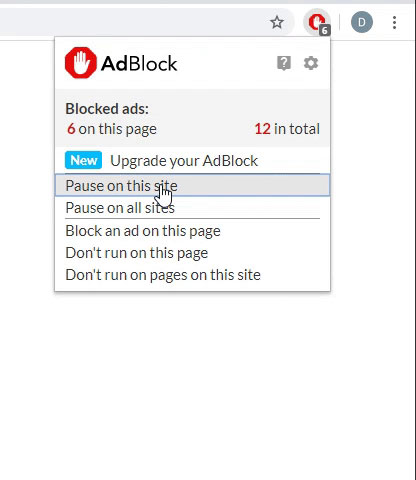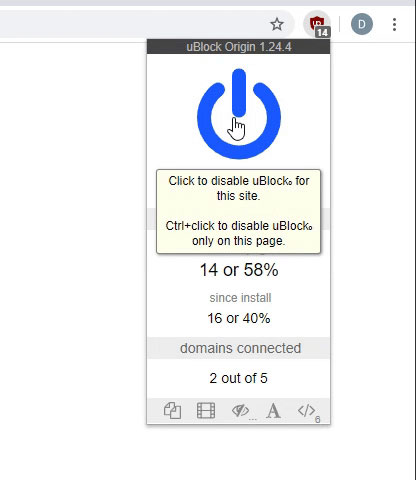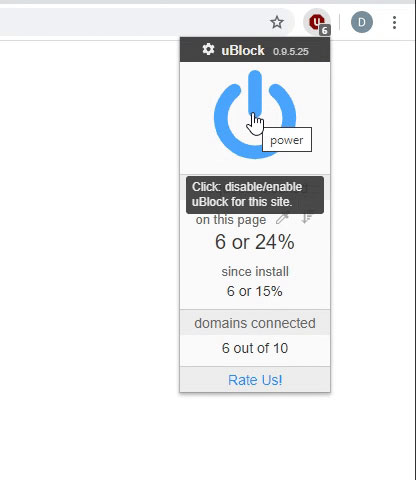Hi Guys,
I have a current macro that opens a txt file and uses the import text wizard to format the data
it currently looks like this
However as you can see i have set a constant file name and path, i would like to be able to have an open dialog and select the text file i need but still apply the same formating with the import text wizard
i can get the open dialog
but i am unsure how to still apply the same formating
any ideas?
Thanks!
I have a current macro that opens a txt file and uses the import text wizard to format the data
it currently looks like this
Code:
Workbooks.OpenText Filename:= _
"C:\Documents and Settings\Anarki\Desktop\hw on b1\bbbbbb.txt", Origin:=437, _
StartRow:=1, DataType:=xlFixedWidth, FieldInfo:=Array(Array(0, 1), Array(20 _
, 9), Array(23, 1), Array(27, 9), Array(28, 1), Array(32, 9), Array(35, 1), Array(39, 9), _
Array(40, 1), Array(44, 9), Array(47, 1), Array(51, 9), Array(52, 1), Array(56, 9), Array( _
59, 1), Array(63, 9), Array(64, 1), Array(68, 9), Array(71, 1), Array(75, 9), Array(76, 1), _
Array(80, 9), Array(83, 1), Array(87, 9), Array(88, 1), Array(92, 9), Array(95, 1), Array( _
99, 9), Array(100, 1), Array(104, 9)), TrailingMinusNumbers:=TrueHowever as you can see i have set a constant file name and path, i would like to be able to have an open dialog and select the text file i need but still apply the same formating with the import text wizard
i can get the open dialog
Code:
With Application.Dialogs(xlDialogOpen)
.Show
End Withbut i am unsure how to still apply the same formating
any ideas?
Thanks!





